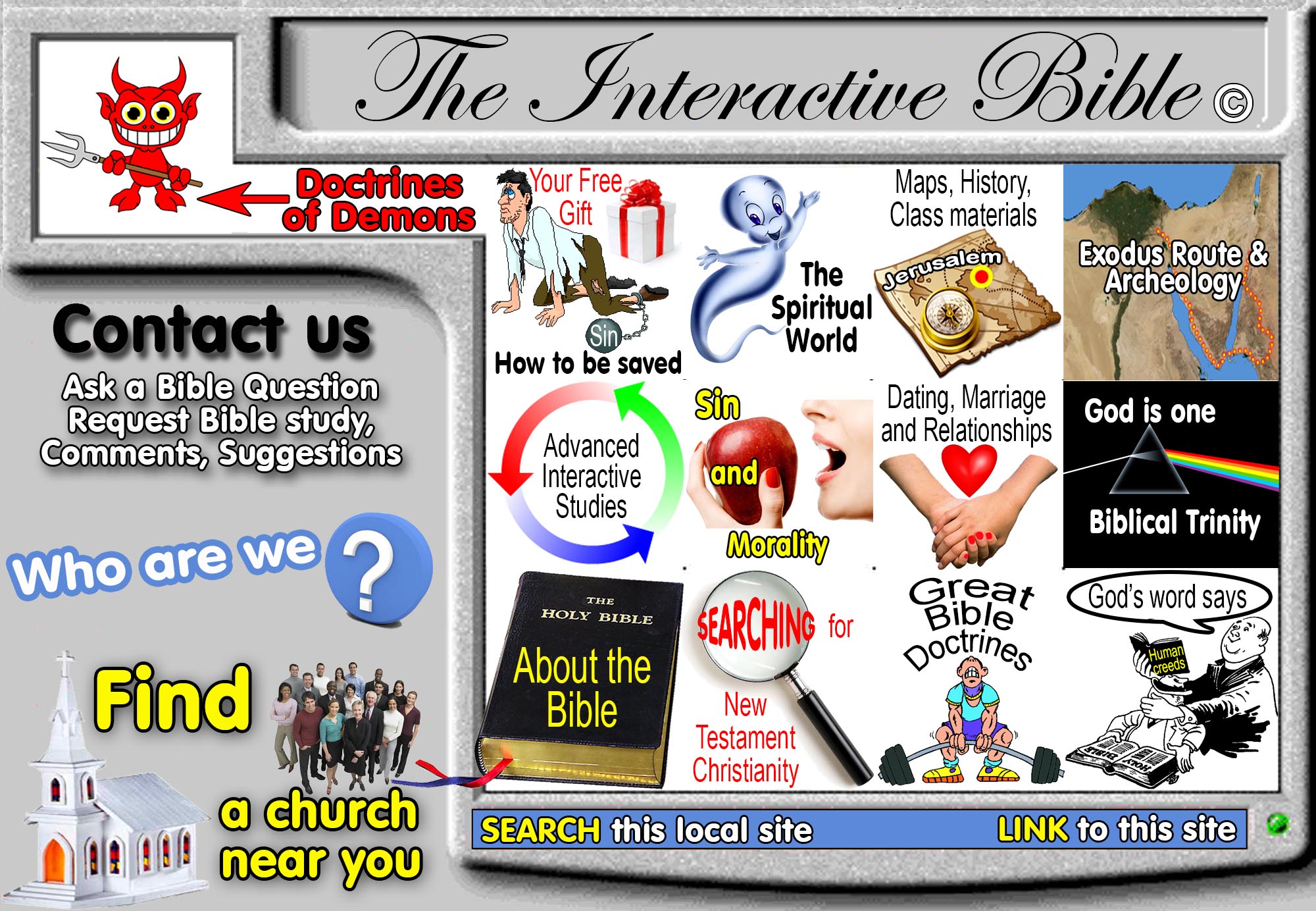|
Rejected books, widely used in the first two centuries, but not considered inspired or part of the New Testament Canon. A conservative, bible believing perspective! |
God's providence gave us the 27 book New Testament Canon, not the church. God, not men decided the canon. This providence does not mean that church leaders were inspired in their selecting the canon, only that God had his eye on the scriptures the whole time and brought about His will to form the Bible we see today!
|
|
Rejected books, widely used in the first two centuries, but not considered inspired or part of the New Testament Canon. |
Rejected books, widely used in the first two centuries, but not considered inspired or part of the New Testament Canon.
Introduction:
1. The inclusion of some of these books in ancient Bibles and the fact that were read in early churches does not mean they were considered inspired. Take a look at your own Bible.
2. There are Bible aids, maps, articles added throughout. 1 Clement and Shepherd of Hermas and the Epistle of Barnabas were regarded as some of the most important documents by the earliest Christians and no doubt, they did influence the early church somewhat.
The list of Rejected books, not considered part of the New Testament Canon.
- The book of Jubilees
- Epistle of Barnabas
- Shepherd of Hermas
- Paul's Epistle to the Laodiceans
- 1 Clement
- 2 Clement
- Preaching of Peter
- Apocalypse of Peter
- Gospel According to the Egyptians
- Gospel According to the Hebrews
Book of Jubilees
Book of Jubilees was written in about 150 BC. The oldest and most complete manuscript was among the Dead Sea Scrolls. Since the book claims an angel revealed the message to Moses on Mt. Sinai, it is obvious why every church in the world, except for the Ethiopian Orthodox Church, rejects it as pseudepigraphal and a forgery. The Book of Jubilees is within the official canon of the Orthodox Church (Ethiopian), but is called the "Book of Division". But still, it is a historical document that circulated among the Essenes in about 150 BC, so while Moses never saw it, we can learn something about the beliefs of that era.
Epistle of Barnabas:
- Rejected because its late date, (90-130 AD.) strongly argues it could not be the one mentioned in Acts because he would have been long dead.
- It also employs the highly questionable system of "numerology".
Shepherd of Hermas:
- Was widely read in early churches.
Paul's Epistle to the Laodiceans:
- This book was likely composed in response to Colossians 4:16 "When this letter (Colossians) is read among you, have it also read in the church of the Laodiceans; and you, for your part read my letter that is coming from Laodicea."
- The book appears to be a compilation of materials from Paul's other letters.
- The book contains no unusual or remarkable materials or unique ideas. This argues that it was a "safe bet" forgery.
1 Clement:
- Clement is believed to be a young, personal co-worker with Apostle Peter.
- It is likely that 1 Clement, was uninspired because he refers to the mythical phoenix as an actual living creature!
2 Clement:
- This book is widely rejected as being a forgery that was tying to build on 1 Clement.
- It is seen as being written much later than 1 Clement.
Preaching of Peter:
- The book was rejected as a forgery because of its late date.
Apocalypse of Peter:
- The book was rejected as a forgery because of its late date. Metzger puts the date at about 125 - 150 AD. (The Canon of the New Testament, Bruce Manning Metzger, 1987, p 184)
- Some have noted that the book has similarities in style with the much later "Dante's Inferno" (1300 AD)
Gospel According to the Egyptians:
- Metzger puts the date at about 150 AD. (The Canon of the New Testament, Bruce Manning Metzger, 1987, p 169)
- It was accepted only in Egypt.
- It has heretical doctrinal slant of the Gnostic Encratites. "Literally, "abstainers" or "persons who practised continency", because they refrained from the use of wine, animal food, and marriage." (New Advent Catholic Enyclopedia, Encratites)
Gospel According to the Hebrews:
- The date of the book is difficult to know but may be as early as the first century.
- The book has been forever lost: "The Gospel according to the Hebrews" was a work of early Christian literature to which reference is frequently made by the church Fathers in the first five centuries, and of which some twenty or more fragments, preserved in their writings, have come down to us. The book itself has long disappeared." (ISBE, Hebrews, Gospel According To The, 1915)
- This book was never considered canonical.
By Steve Rudd: Contact the author for comments, input or corrections.

